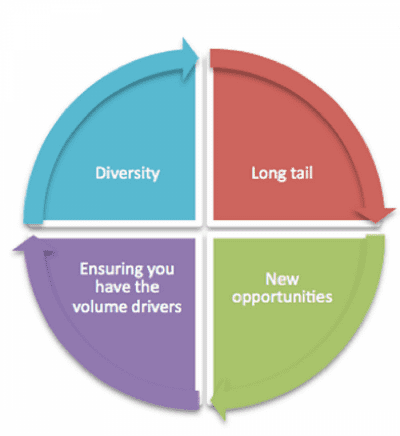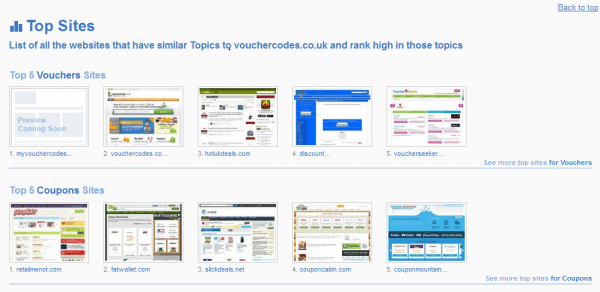Growing audience and sales using new types of affiliate partners
With any marketing activity you are always looking for more. More sales, more revenue, more traffic, more, more, more!
It’s no doubt the same for your affiliate programme. You might have been running your programme for a while, or might have just launched it. Regardless, affiliate recruitment is an on-going process. It should be something that you never stop doing as there will always be new and exciting affiliates emerging, or potential partnerships that you have yet to explore.
I tend to summarise the reasons for affiliate recruitment into four main areas.

The first thing you need to be sure of is that you have the biggest volume drivers on your programme. While these affiliates may only account for 20% of the programme they might contribute 80% of the sales, so make sure you have as many of them on board as possible. How do you identify them? If you work with an affiliate network you could ask them to do a gap analysis on your programme against similar programmes or the network. If you run your programme in-house, you could use a tool like similarsites.com to find other sites. For example, when I looked for vouchercodes.co.uk on their search tool I get the following:

You also want to have a diverse range of affiliates on the programme. This avoids you becoming dependant on one affiliate type. For example, you might have a number of voucher code sites driving sales to you programme. But what happens if the popularity of voucher codes begins to wane? 5 or 6 years ago PPC affiliates were the major volume drivers but this has now changed. Having a diverse range of affiliates will limit your risk.
Long tail affiliates include smaller content sites. They might not individually drive the sales that will change the size of your programme, but combined together, they can add a lot of value. These long tail affiliates will often work in a particular niche. So for example, you might sell gifts, and this site could be written towards people buying novelty gifts for work colleagues. While a single affiliate is unlikely to majorly impact a well-established programme, if you can recruit a few of these sites driving 10-20 sales a month you will soon begin to notice your programme growing. You can use tools like Alexa to get an idea of how much traffic these sites get. But don’t always be put off if it isn’t much. If it is well written and interesting, it might take off in the future.
The last reason is to take advantage of new opportunities. By constantly being on the lookout for new opportunities, you will find that you are able to spot the trends and take advantage of them. For example, areas like behavioural retargeting saw big growth. With these affiliates happy to work on a CPA basis, it became a testing ground for a relatively new concept. Affiliate marketing can be a great place to try new opportunities as you only pay when a sale is made. Basically you limit your risk.
So those are my main reasons to continually look to recruit for your affiliate programme. Make sure that you keep looking for new affiliates as it’s a cost-effective way to keep your programme growing without having to fund promotional activity.








